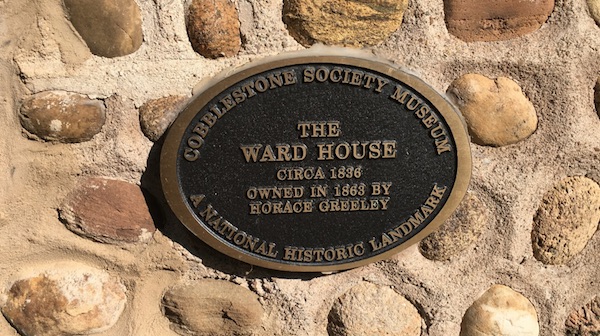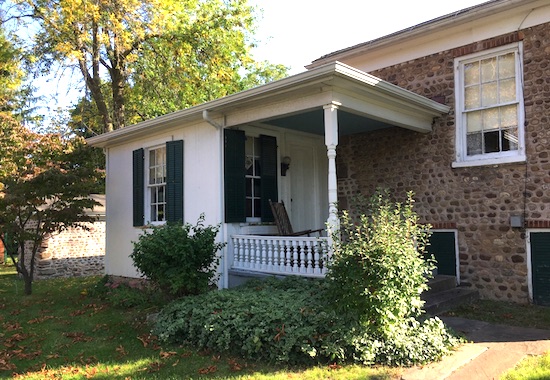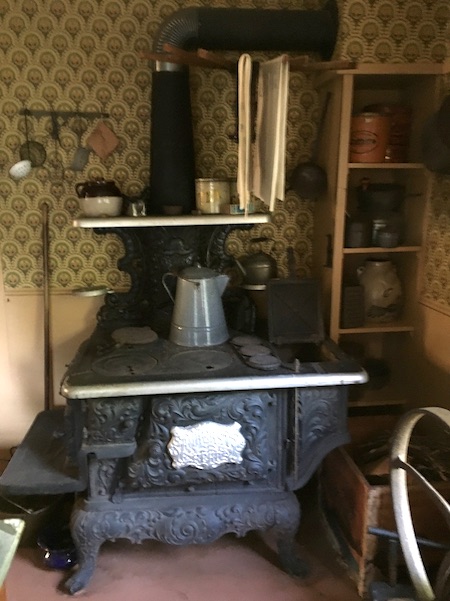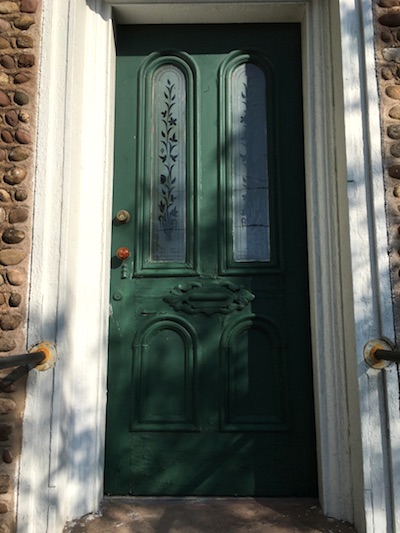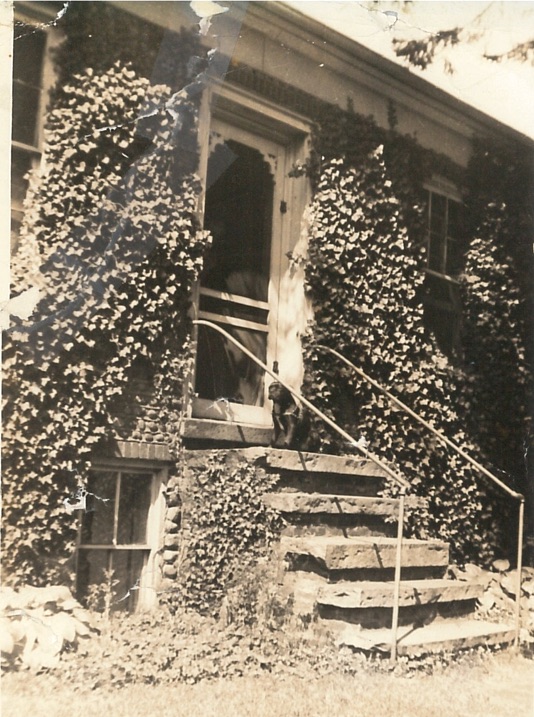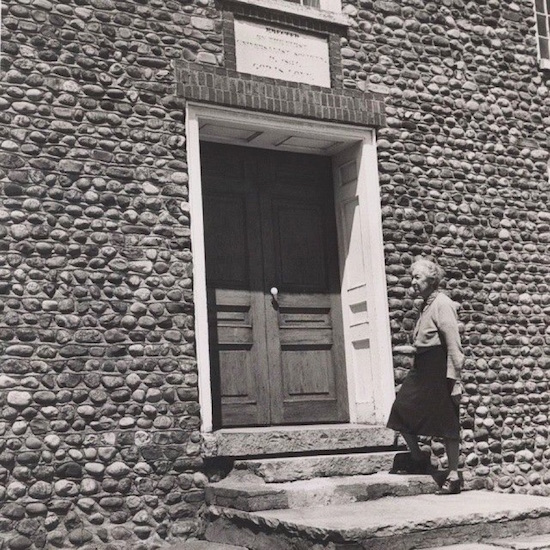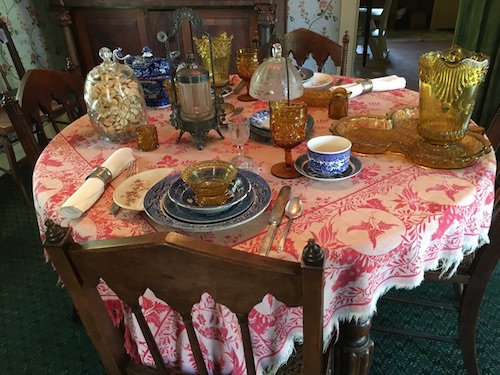Historic Childs: Ward House gives chance to step back in time
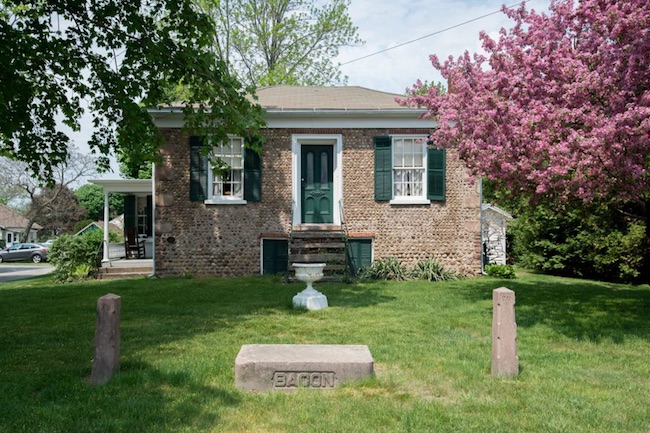
Photos courtesy of Cobblestone Museum: The Ward House on Ridge Road in Gaines, is next door to the Cobblestone Universalist Church. The Ward House, the church and a cobblestone schoolhouse are listed as a National Historic Landmark.
(Editor’s Note: This is the eighth article in a series about historic Childs in the Town of Gaines. The hamlet of Childs lies just north of Albion at the intersection of Routes 104 and 98. In 2019, Childs was selected to be on the Landmark Society of Western New York’s “Five to Revive” list. In 1993, the federal U.S. Department of the Interior declared the Cobblestone Museum in Childs a National Historic Landmark, the first site in Orleans County with that distinction.)
By Doug Farley, Cobblestone Society & Museum Director
GAINES – John Proctor pushed the development of his pioneer village that he called Fair Haven (present day Hamlet of Childs.) Proctor owned the land next to his Cobblestone Church from 1811 until he sold it for the first time in 1861.
The building is now part of the Cobblestone Museum and is known today as the Ward House in honor and memory of Inez Ward, the last resident. The cobblestone house is believed to have been built by John Simmons in about 1836 as a parsonage for the church. The Medina sandstone carriage block and hitching posts shown above were moved here from the Bacon Homestead in Albion.
The original cobblestone house was a small 18′ x 24′ “cottage” built of fieldstones set in the Gaines Pattern; the quoins were cut locally from Medina sandstone. The original kitchen and two bedrooms were located in the basement.

Horace Greeley
The Ward House is included in the Cobblestone National Historic Landmark District created in 1993.
Following John Proctor’s ownership, the cobblestone house was sold to Benjamin and Mary Ann Dwinnell. Mary Ann was the aunt of New York Tribune editor Horace Greeley, who held the mortgage on the property until 1863.
Financial misfortunes caused the Dwinnells to default on their mortgage. Greeley was forced to sell the home at auction while visiting Albion in the mid-1860s.
Greeley is perhaps best known for his Gold Rush era admonition, “Go west young man, go west!” He later waged an unsuccessful bid for President of the United States in 1872. Incumbent U. S. Grant won the election in a landslide.
The political portrait of Greeley is part of the Cobblestone Museum collection and is displayed in the Ward House.
The small cobblestone house was enlarged in 1929 when a wooden extension was added to the north side of the house. It was sided with vertical tongue and groove, and featured a porch with lathed column and spindles.
The kitchen, originally located in the basement, was moved to the wooden wing when the addition was completed. A wood stove was used for cooking.
The front door in the Italianate style with frosted etched glass windows is not original to the house. This door was added in the 1880s.
Just prior to World War II, a thick blanket of ivy covered the front of the home as shown here in 1941.
The cobblestone home functioned as a private residence until 1975, when the property was purchased by the Museum from Mrs. Inez Martyn Ward, shown above standing on the steps to the Cobblestone Church in the mid-1900s prior to its restoration.
Today, the interior of the home is decorated to reflect the 1880s. Here the Victorian dining room table is set with Wildflower American Pattern Glass, c.1885, bone dishes, celery vase, butter dish with hanging cover, and pickle castor with fork.
Seasonal tours are conducted by the Cobblestone Museum throughout the summer and fall.


























